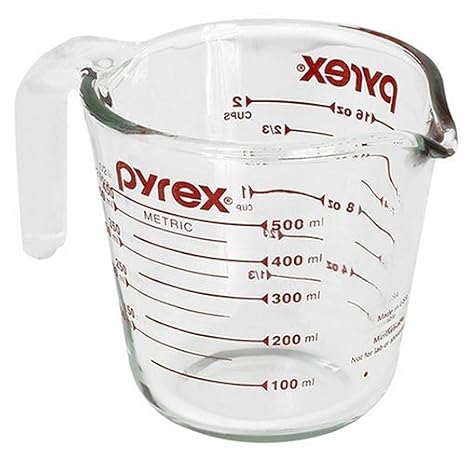This test confirms what martin tested with the H110i (0.11 gpm) tho in both cases, it's not experiencing the full resistance of the system as when the test is done, it's no longer closed and pumping thru block + rad.
But that's kinda like child proofing your house and extending your shelves from 4 feet off the ground to 6 feet off the ground. What does the extra 2 feet do your you witha 2 year old ?
What does the extra 2 feet do your you witha 2 year old ?
With today's efficient GPUs, no one with a decent case / cooling arrangement id having performance curtailed by temperatures. The MSI 980 Ti for example starts to throttle at 85C and tops out at 75C at max overclock / max voltage according to TPU.
Using a CLC type GPU cooler might lower that to say 55C, but what does that for for ya ? Let's say that the stock cooler takes it down from 95 to 75 and the liquid cooler from 95 to 55. That means the single rad fan has to move twice as much heat via the air / metal contact as the stock cooler does w/ 2 fans. In order to do that, the air velocity thru the rad must be far greater than thru the air cooler and that means more noise... noise that carries outside the case as compared with the muffling that occurs on a stock cooler from reflections. And you are still left with a hot VRM which is the culprit that is going to limit your OC far before than GPU does.
This is why these new alternative OLCs from EK and Swiftech have so much promise. First off, you don't have to worry about 3 cooling systems (CPU, GPU, GPU VRM / Memory), you have just one. The pumps are powerful enough to handle all your components. You can cover a CPU and a hi load GPU with just one radiator, mounting it on top of the case, with the fans properly installed as intakes for greater cooling performance, creating positive pressure keeping dust out as well as hot exhaust air from PSU and the noise is funneled into the case where it's muted somewhat.
I can't wait for the Predator review, tho it's gonna have to really impress to justify a $60 performance premium over the H220-X.
H110 GTX @ $140 versus Swiftech H220-X @ $140 = "no brainer"
Either of those @ $140 versus $200 for the Predator ? Gotta be a lot more pluses (QD Fittings + ability to do 1 more fan in push pull) than minuses (no reservoir) to account for that price premium.
nukemaster :
For video cards it makes a surprising difference(much lower temperatures, but you still need to cool the VRM are) with even a slim 120mm rad.
But that's kinda like child proofing your house and extending your shelves from 4 feet off the ground to 6 feet off the ground.
 What does the extra 2 feet do your you witha 2 year old ?
What does the extra 2 feet do your you witha 2 year old ?With today's efficient GPUs, no one with a decent case / cooling arrangement id having performance curtailed by temperatures. The MSI 980 Ti for example starts to throttle at 85C and tops out at 75C at max overclock / max voltage according to TPU.
Using a CLC type GPU cooler might lower that to say 55C, but what does that for for ya ? Let's say that the stock cooler takes it down from 95 to 75 and the liquid cooler from 95 to 55. That means the single rad fan has to move twice as much heat via the air / metal contact as the stock cooler does w/ 2 fans. In order to do that, the air velocity thru the rad must be far greater than thru the air cooler and that means more noise... noise that carries outside the case as compared with the muffling that occurs on a stock cooler from reflections. And you are still left with a hot VRM which is the culprit that is going to limit your OC far before than GPU does.
This is why these new alternative OLCs from EK and Swiftech have so much promise. First off, you don't have to worry about 3 cooling systems (CPU, GPU, GPU VRM / Memory), you have just one. The pumps are powerful enough to handle all your components. You can cover a CPU and a hi load GPU with just one radiator, mounting it on top of the case, with the fans properly installed as intakes for greater cooling performance, creating positive pressure keeping dust out as well as hot exhaust air from PSU and the noise is funneled into the case where it's muted somewhat.
I can't wait for the Predator review, tho it's gonna have to really impress to justify a $60 performance premium over the H220-X.
H110 GTX @ $140 versus Swiftech H220-X @ $140 = "no brainer"
Either of those @ $140 versus $200 for the Predator ? Gotta be a lot more pluses (QD Fittings + ability to do 1 more fan in push pull) than minuses (no reservoir) to account for that price premium.



